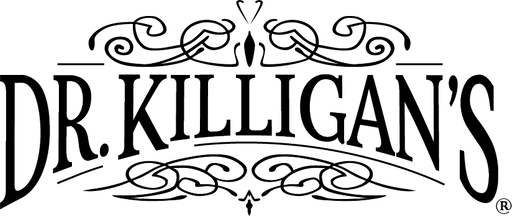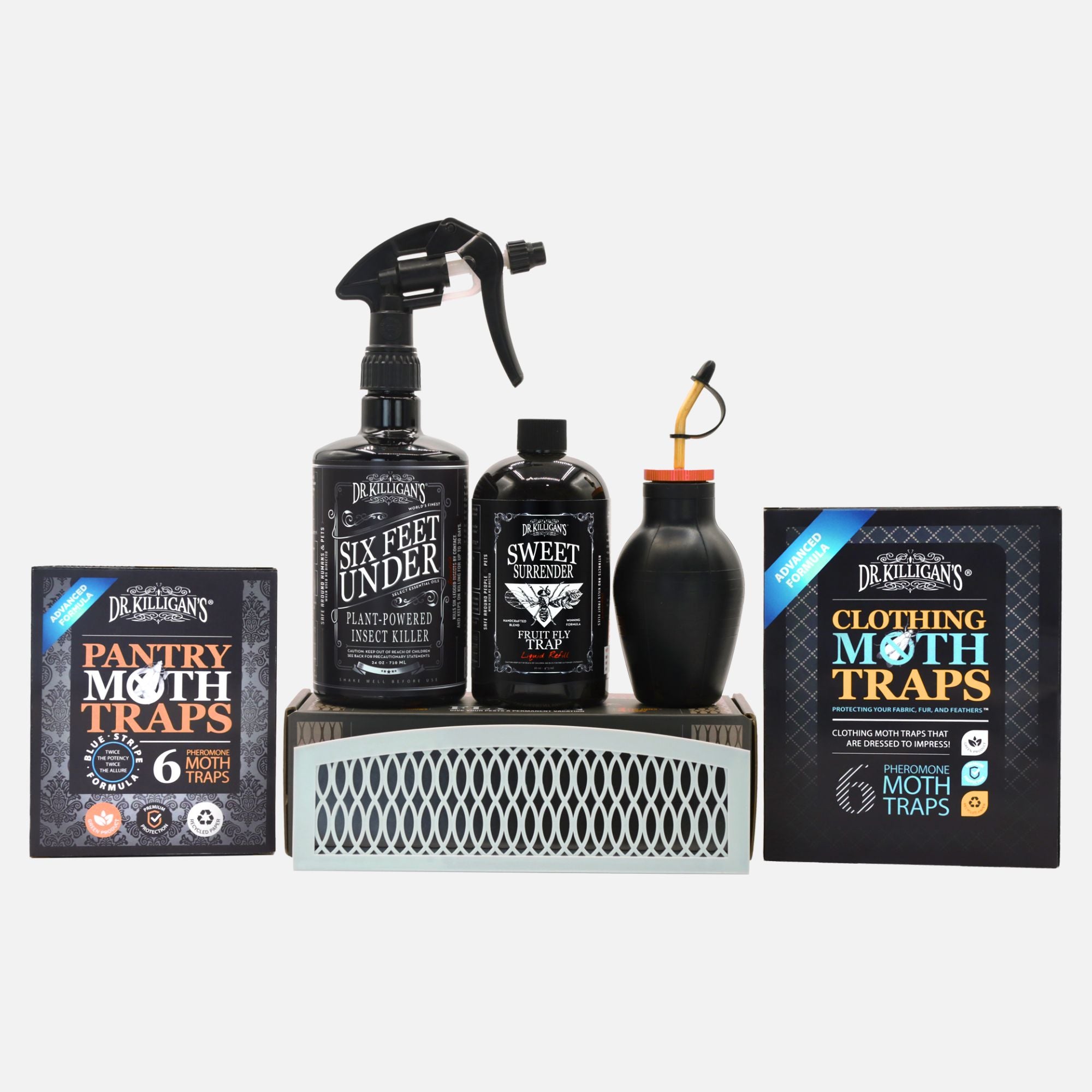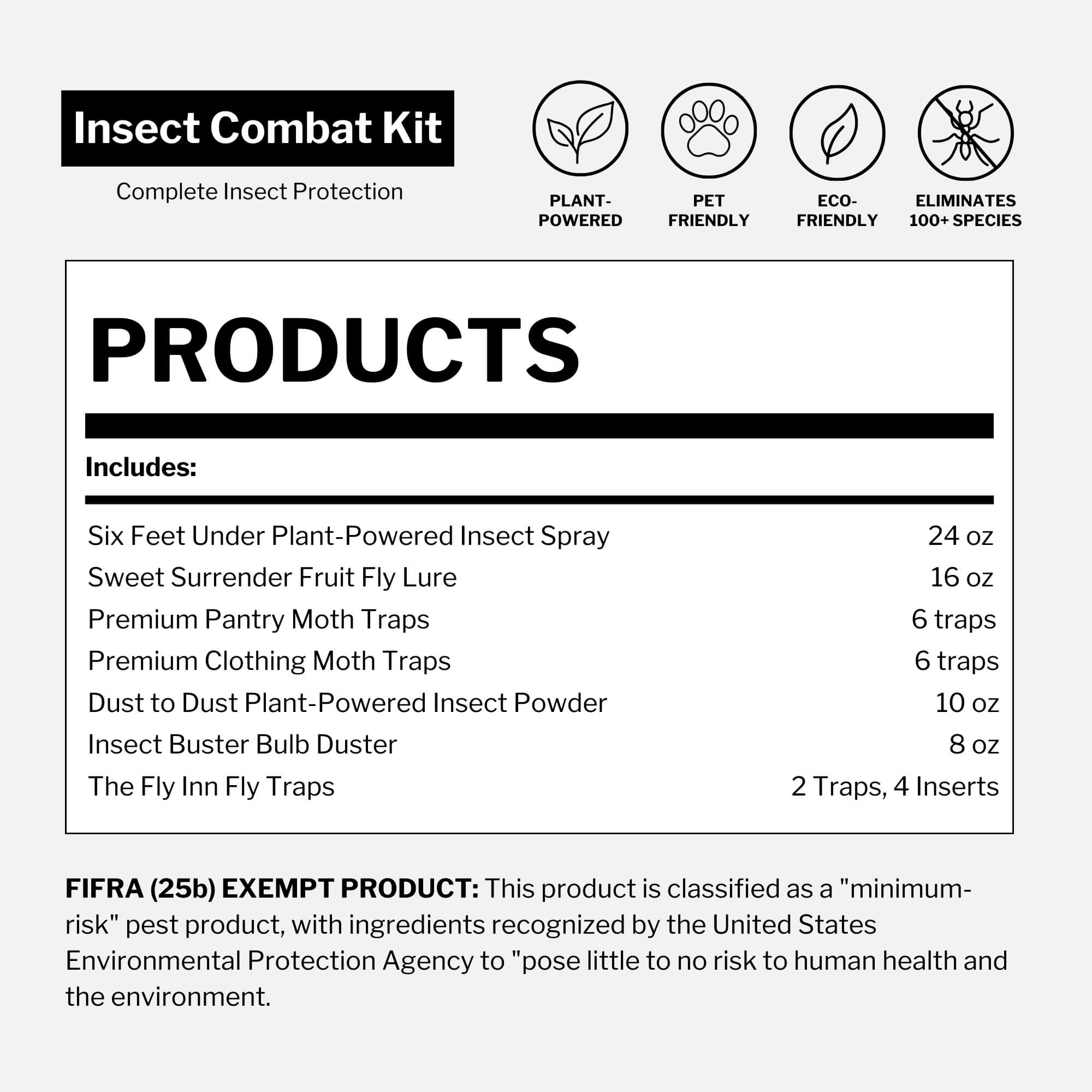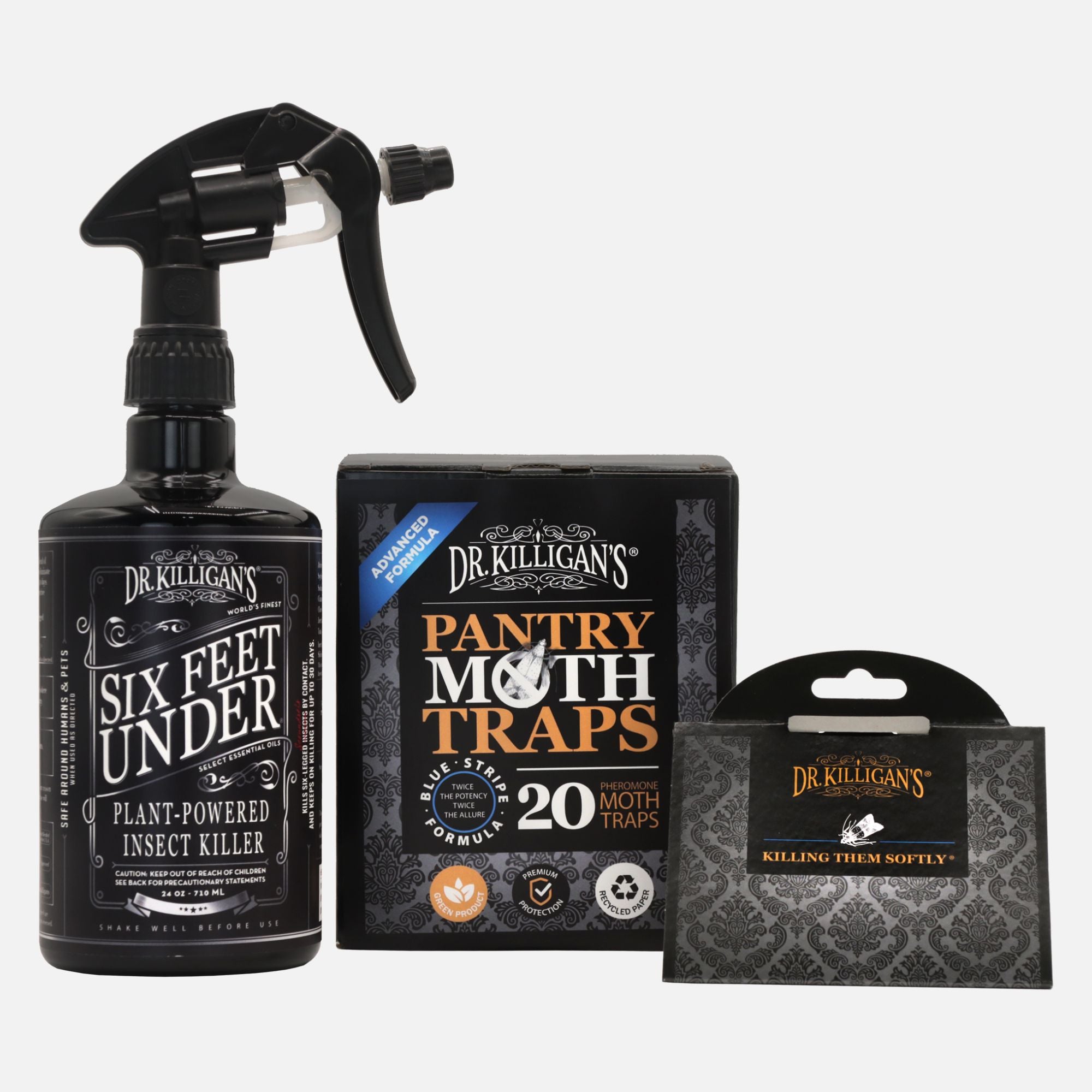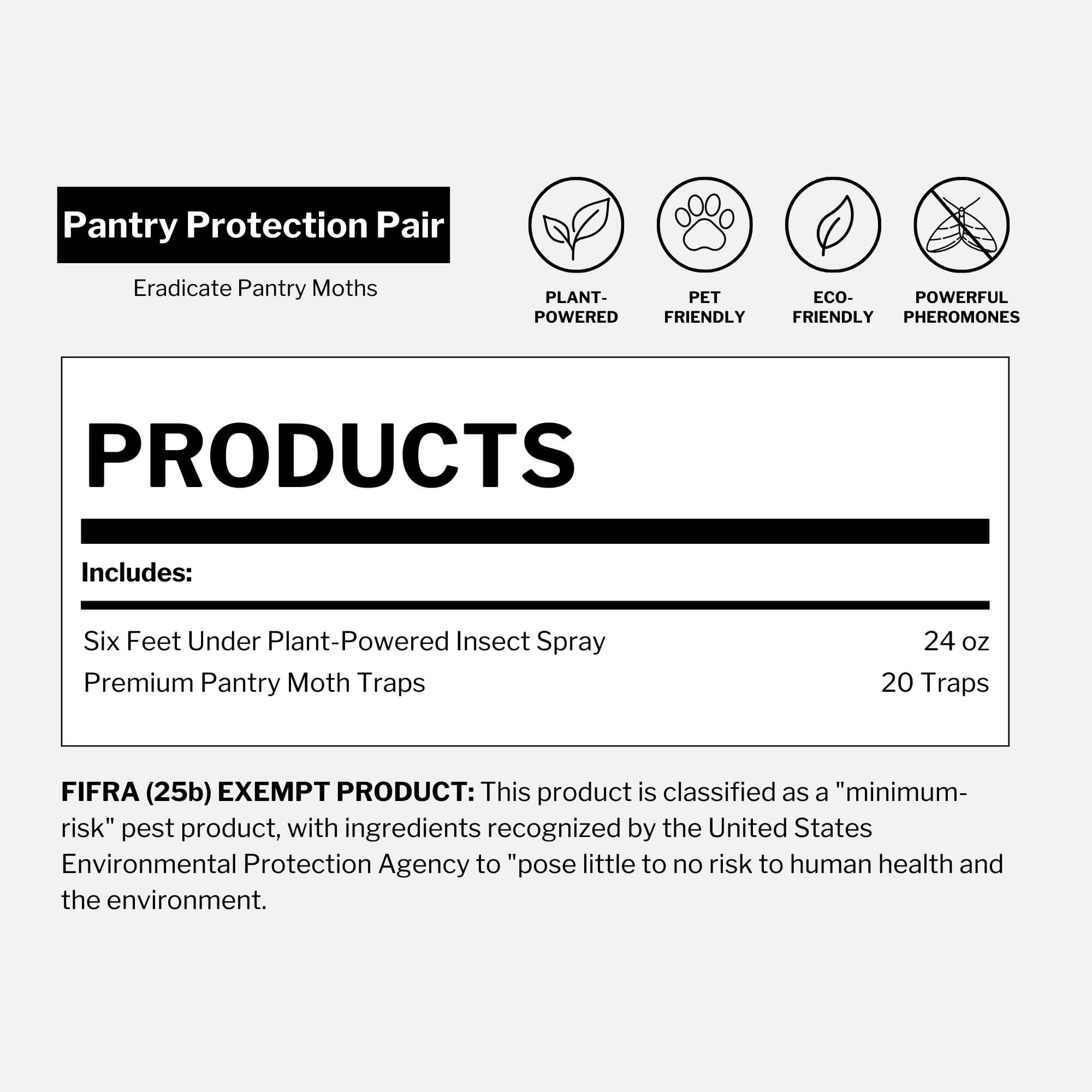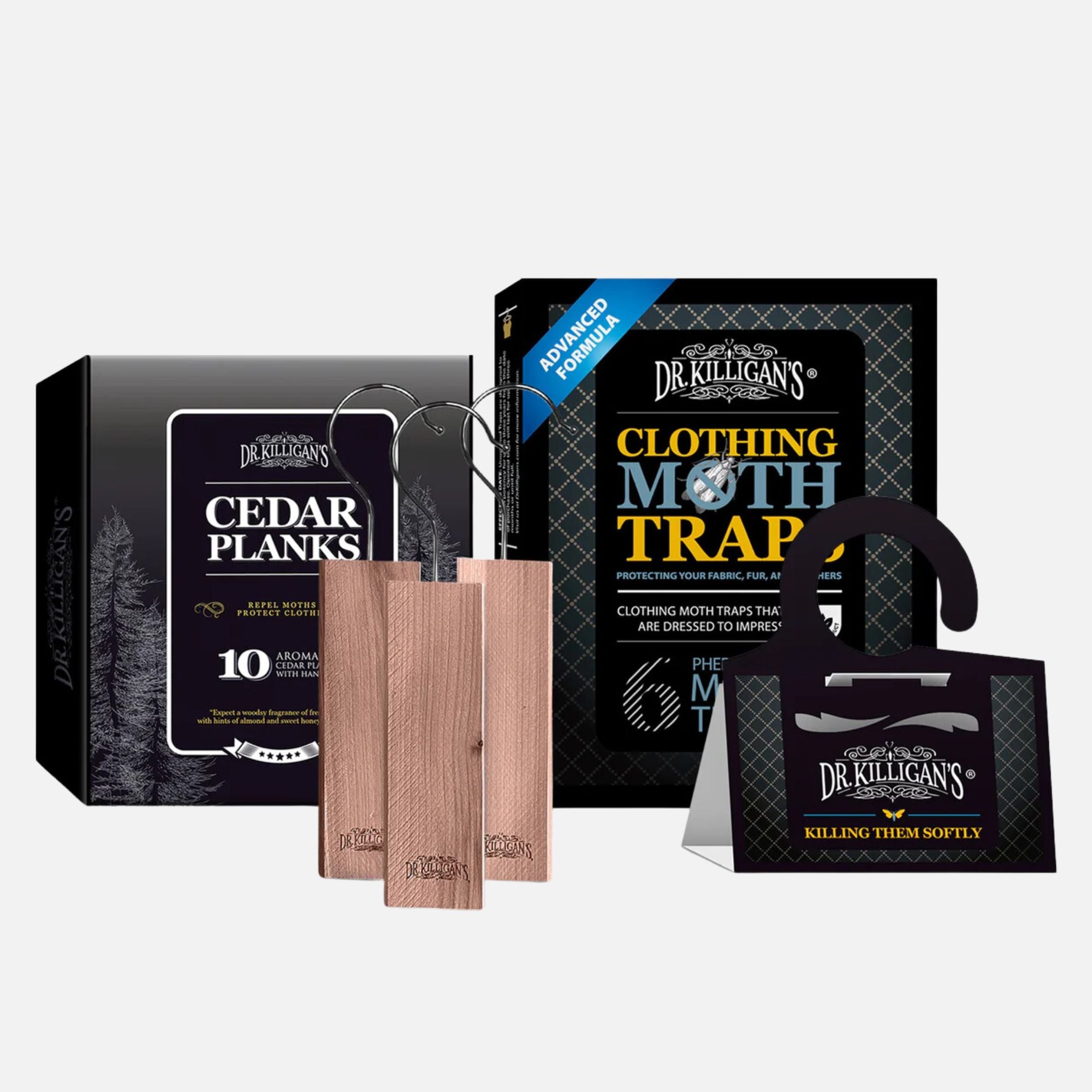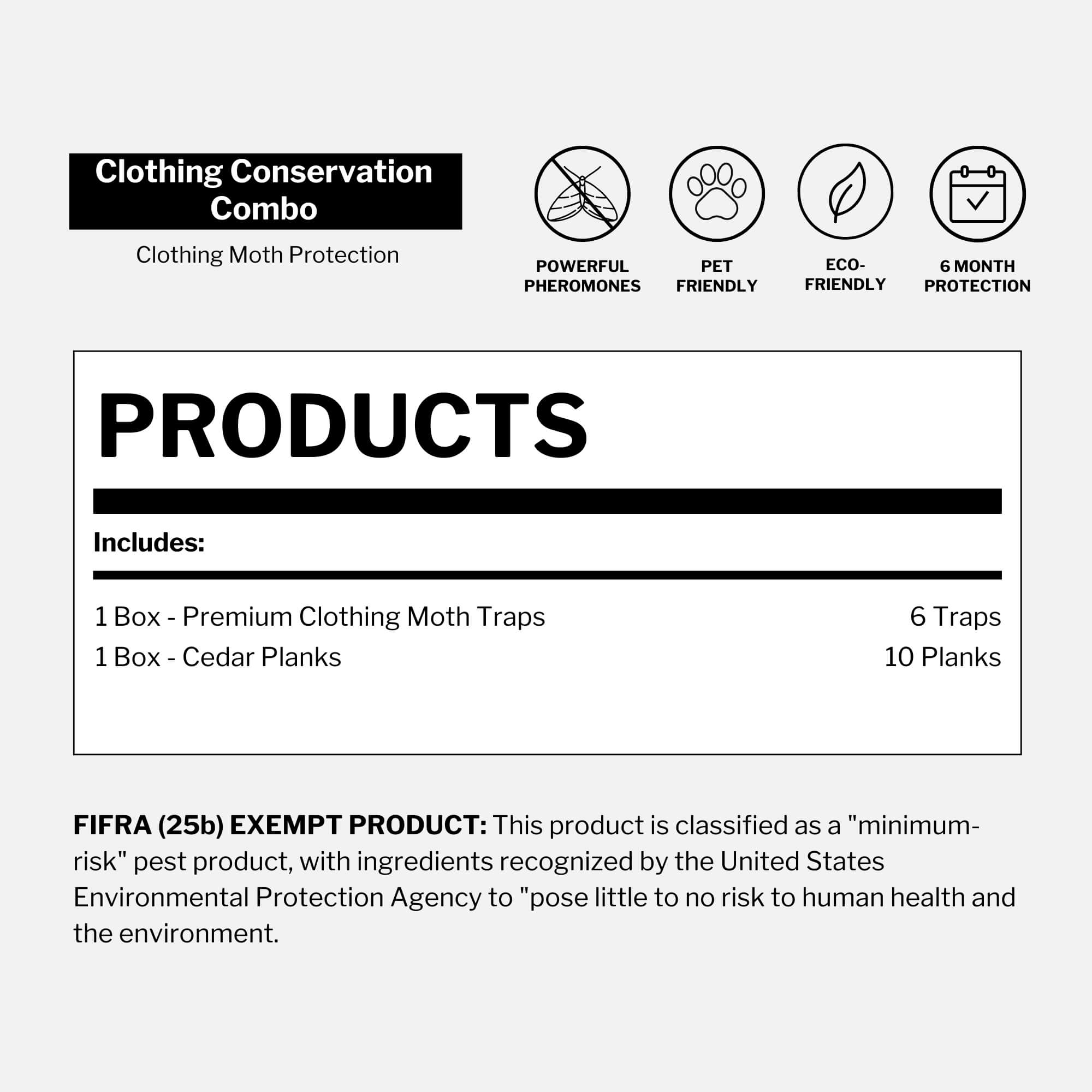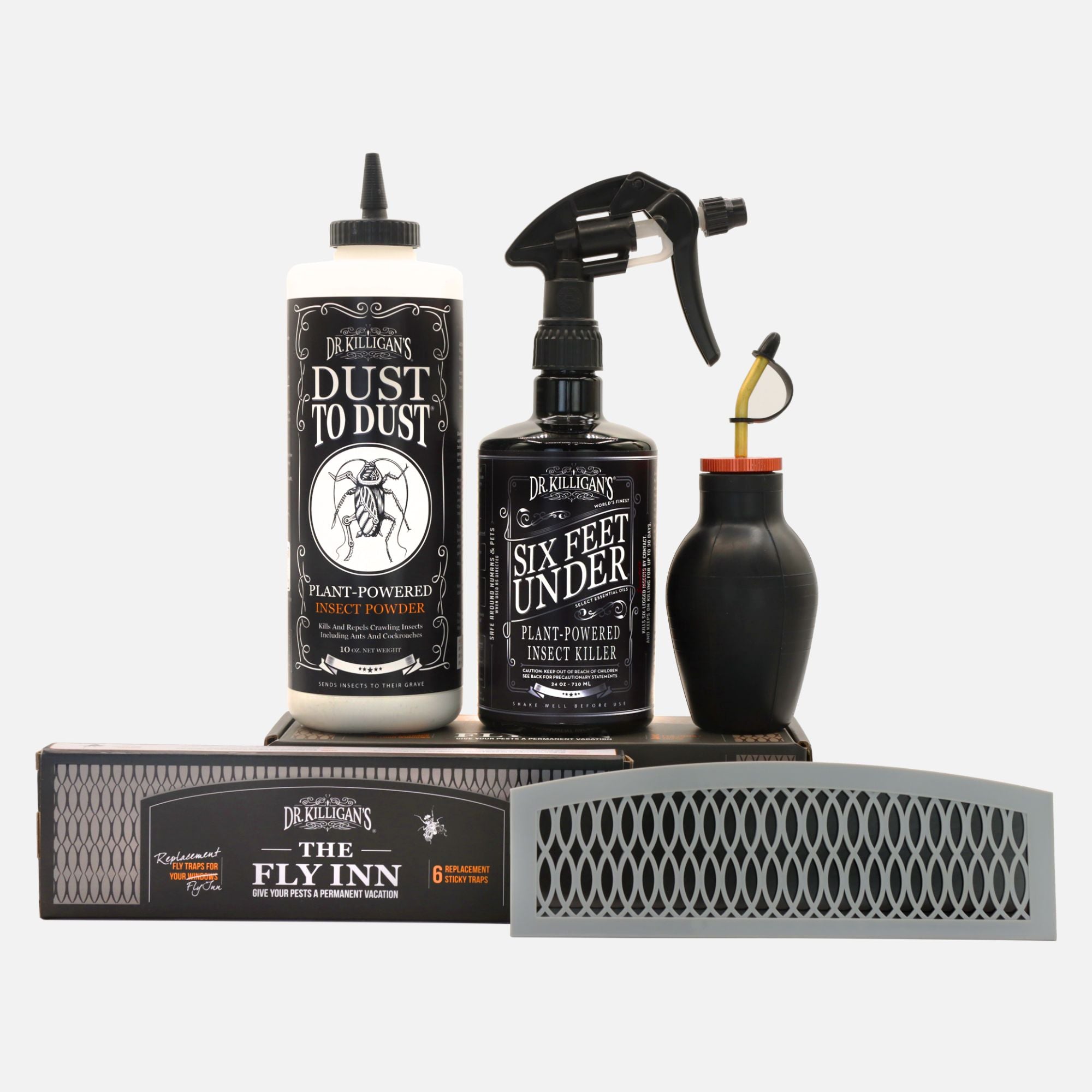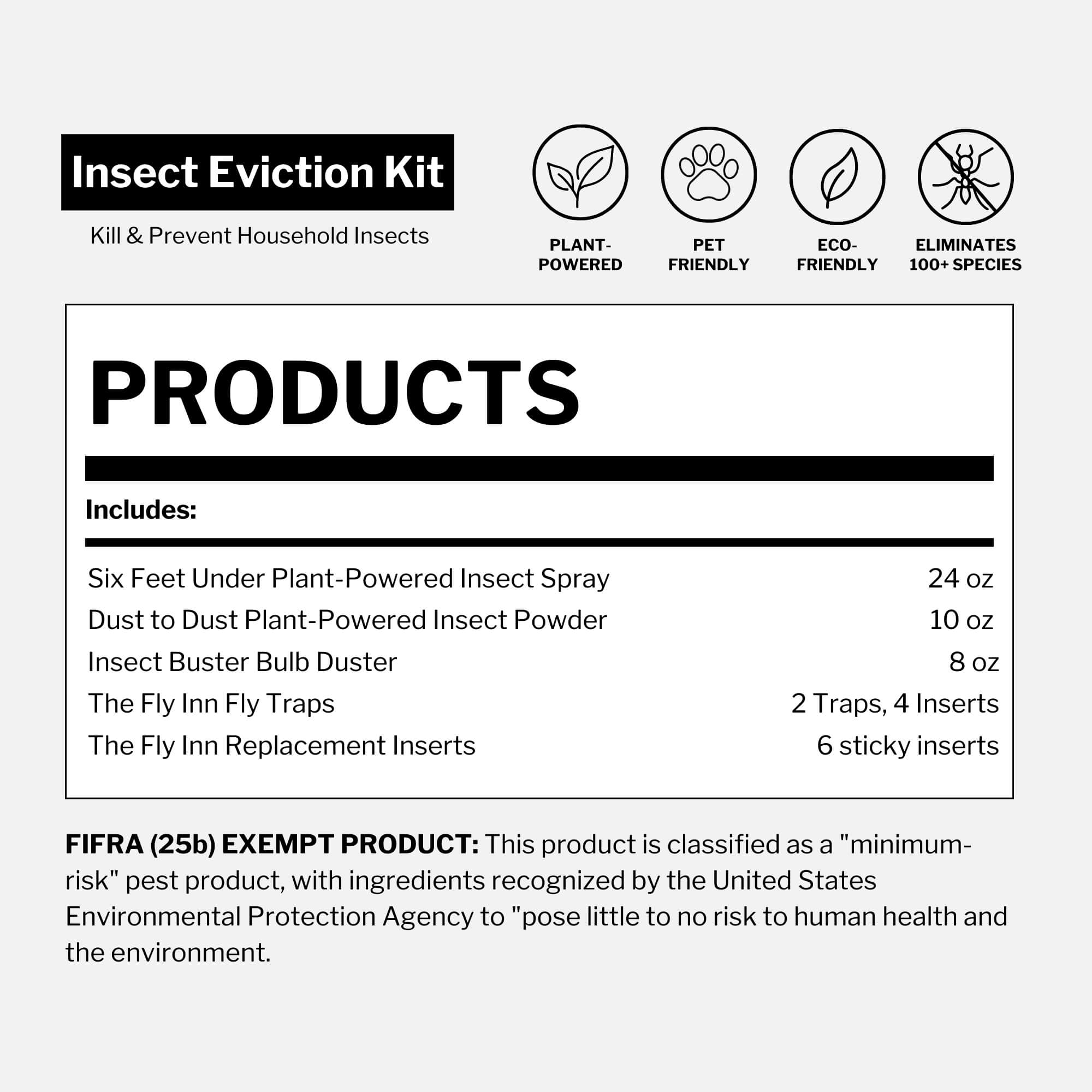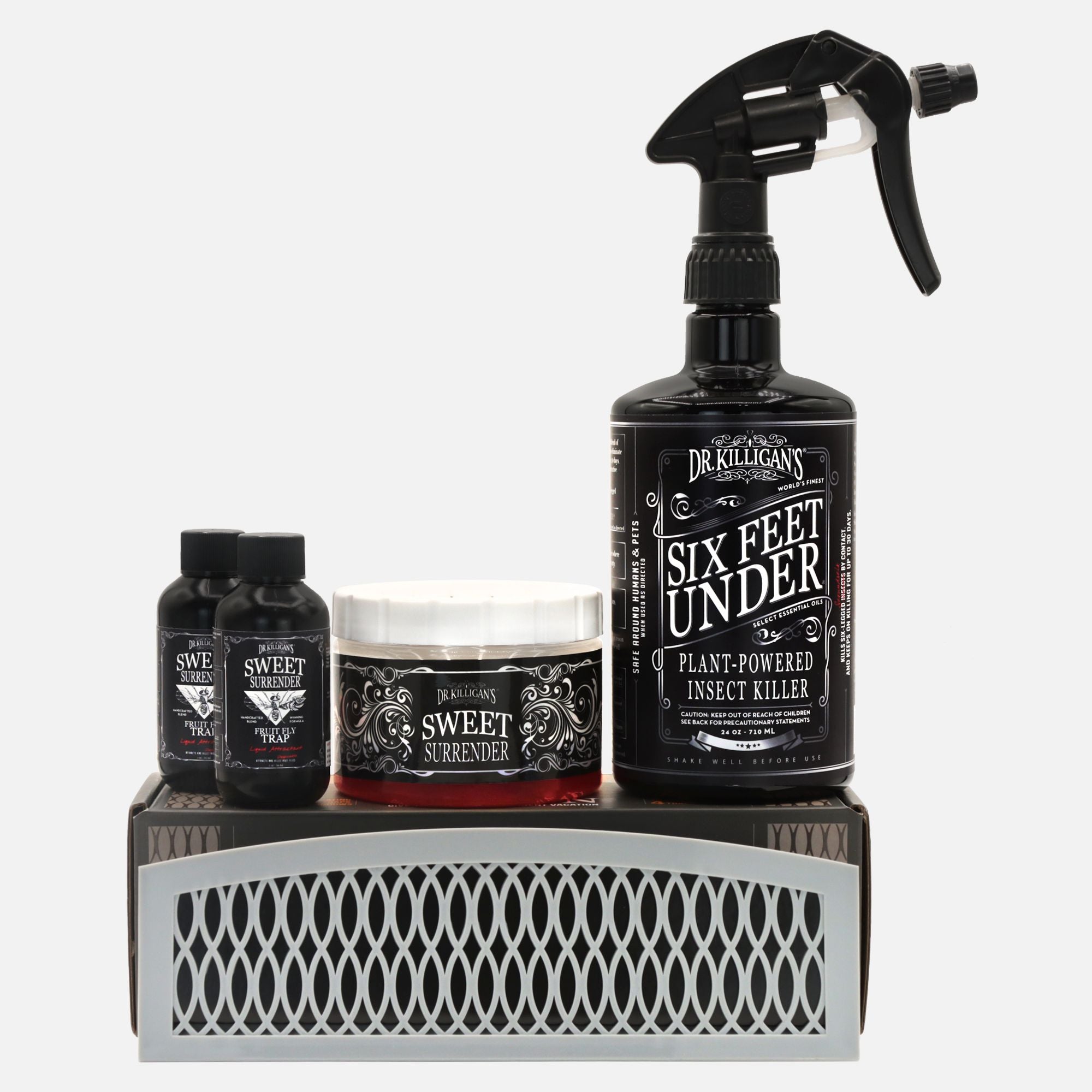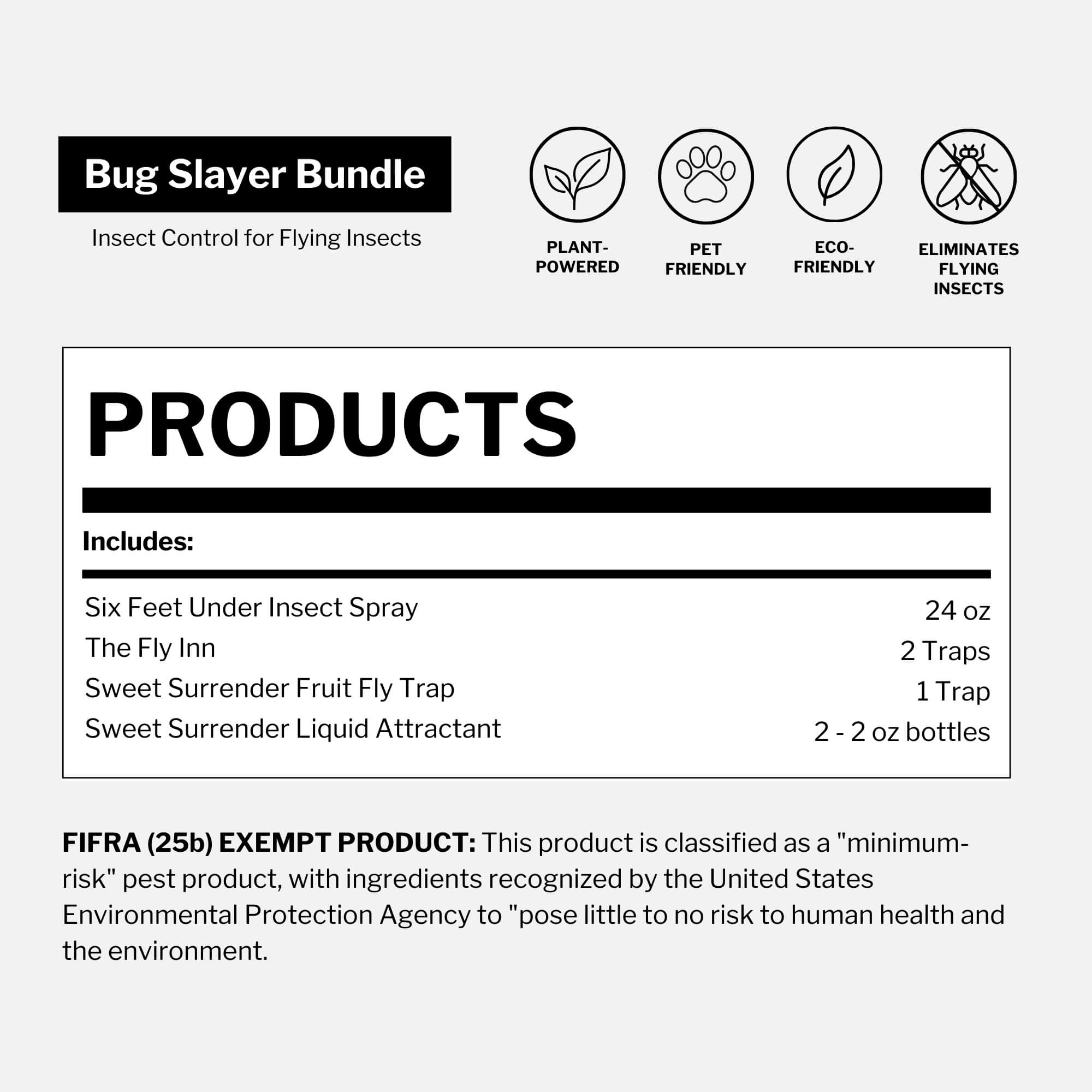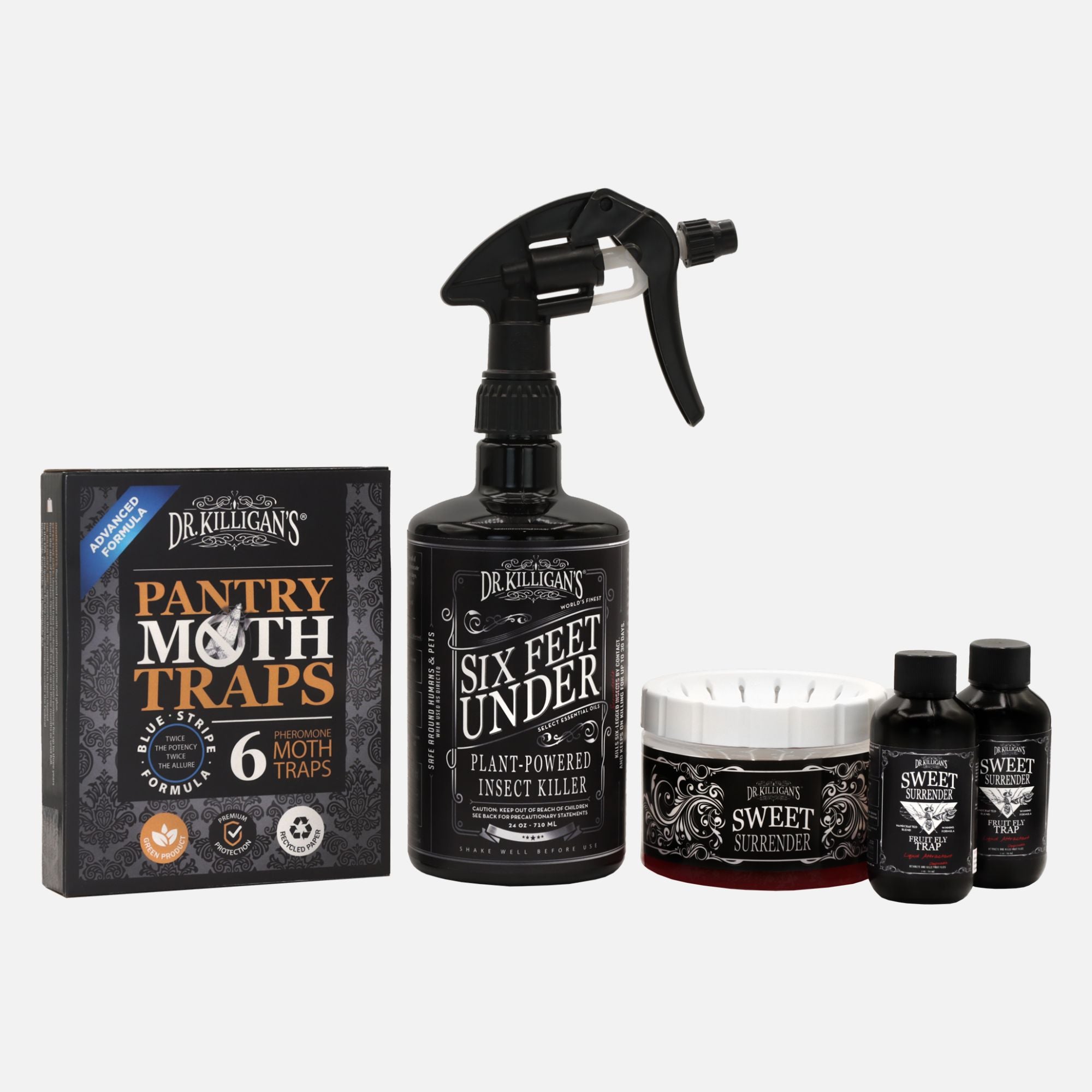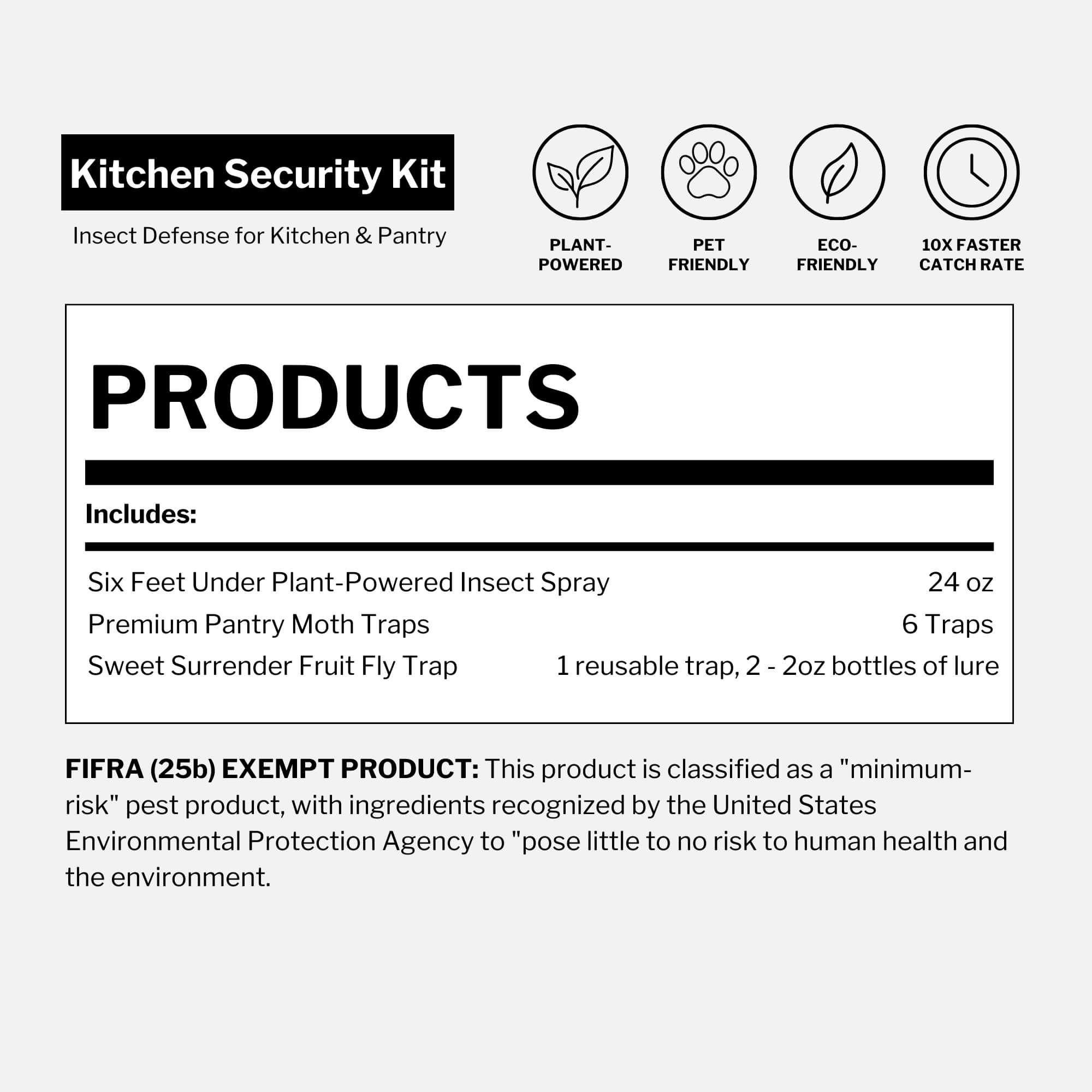Dr. Killigan here, inviting you on an insightful journey through the meticulous world of the best pest control strategies.
Today, we shall illuminate the subtly effective realm of mechanical kill, a strategy that proficiently circumvents the potential pitfalls encountered with its chemical adversaries.
Defining mechanical kill
In our ongoing effort to manage pests, mechanical kill emerges as a foundational strategy. Understanding the detailed mechanics and impacts of this method is crucial.

Products like The Fly Inn and Clothing Moth Traps operate not through harmful chemicals but through physical and biological impossibilities to which pests cannot adapt. Mechanical kill thus represents a sustainable, long-term approach to pest control.
Why Dr. Killigan's champions mechanical kill
Our choice to advocate for mechanical kill is firmly rooted in a philosophy that prioritizes the welfare of your environment, your family and your pets. Dr. Killigan’s is steadfastly dedicated to ensuring that your path to a pest-free home does not inadvertently pave the way to new challenges, particularly those that impact health and wellbeing.
Mechanical kill is more than just a method; it embodies our belief in acting effectively without causing harm. The principle is to navigate through pest control without leaving a trail of invisible threats that linger in our homes and pose silent dangers to our loved ones.
This principle intertwines effectiveness with commitment to safety. Employing mechanical kill strategies, we manage to circumvent the biological warfare often seen in chemical strategies, ensuring that our homes remain true sanctuaries from both pests and potential toxins.
The war against pests is not meant to become a covert struggle against the methods we employ.
Pheromones and unyielding traps
In the mechanical kill framework, pheromones – nature's own chemical messengers – are especially effective against pests like moths. As an example:
- Dr. Killigan’s Pantry Moth Traps: These traps utilize a precise blend of pheromones to seduce pests into a trap from which escape is implausible. While pheromones are chemicals, they are safe and non-toxic, posing no harm to pests or the environment.
Insects—given their intrinsic role in their biological and behavioral systems— are unable to develop resistances to these pheromones. Thus, these pheromones remain perpetually effective, ensuring that our mechanical traps retain their efficacy without contributing to the development of super-pests resistant to conventional chemical methods.
Mechanical intricacies in bug extermination
While our Moth Traps and The Fly Inn offer insight into the finesse of mechanical pest control strategies, the depth of mechanical kill stretches further into our toolkit, incorporating items such as Cedar Planks and our renowned Six Feet Under non-toxic insect spray.

-
Dr. Killigan's Cedar Planks: Eastern red cedar wood, employed in our Cedar Planks, utilizes a marvelous, yet uncomplicated mechanism against pests natural oils within cedar wood are repellent to insects, providing a barricade against them that is both aromatic (for us( and repugnant (to them). This age-old method, free of harmful chemicals, acts as a sentinel against insect intruders and provides no medium for pests to develop resistance against, ensuring it remains effective over time.
- Six Feet Under: This non-toxic spray, while not a mechanical kill method per se, aligns with our ethos by ensuring effectiveness without resorting to harmful chemical means. It exterminates by utilizing natural ingredients that are deadly to pests yet safe for home inhabitants. This provides you with the immediacy of action, while not forcing you to compromise on the safety of your environment, again circumventing the cycle of escalating chemical resistances and environmental impacts often seen with synthetic pesticides.
By incorporating varied mechanical and non-toxic strategies, Dr. Killigan’s ensures a broad-spectrum, holistic approach that serves to protect not just against a specific pest or in a particular scenario, but across a myriad of contexts and against a wide array of unwelcome guests.
Chemical kill: A potent yet perilous path
Chemical pesticides offer a quick fix to pest problems but carry hidden dangers, especially for our most vulnerable—children and pets. These chemicals contaminate the air and accumulate on surfaces in our homes—where our children and pets live and play. This exposure can lead to immediate health issues like respiratory problems and skin irritations, and more alarmingly, it poses a risk of long-term effects such as developmental delays and neurological damage.
The very strategies intended to protect us and our homes might inadvertently expose our loved ones to significant health risks.
For an in-depth discussion on safer pest control methods and how mechanical controls compare to chemical solutions, read our detailed article:
Choosing the best pest control: Mechanical vs. chemical methods
Mechanical kill: Ensuring a sustainable future
Shifting towards mechanical kill methodologies not only insulates us from the silent dangers of chemical pesticides but also anchors our pest control strategies in a future where safety and sustainability sail together harmoniously. This shift is a steadfast commitment to protecting our spaces, ensuring that our crusade against pests does not morph into a silent struggle against the very strategies we employ.
I, Dr. Killigan, extend not merely products but a philosophy where our mutual journey towards pest-free homes does not tread into realms where unseen chemical battles are waged. Let us forge ahead, ensuring our spaces remain genuine sanctuaries, untouched by chemical residues. I welcome you to delve deeper, unravel more and join us on a journey towards a future where safety and best pest control meld into a harmonious symphony.
Embrace a future of safe, effective pest control with Dr. Killigan’s
You've journeyed with us through the intricacies and profound benefits of mechanical kill, understanding its pivotal role in sustaining a safe, harmonious home environment. Now, take the next step in safeguarding your sanctuary with Dr. Killigan’s innovative pest control solutions. Explore our range of products, each meticulously crafted to protect your spaces while ensuring the utmost safety for its inhabitants. Join us in establishing environments where peace prevails, unmarred by pests and chemical residues, and let’s build a future where our sanctuaries remain perpetually preserved.
